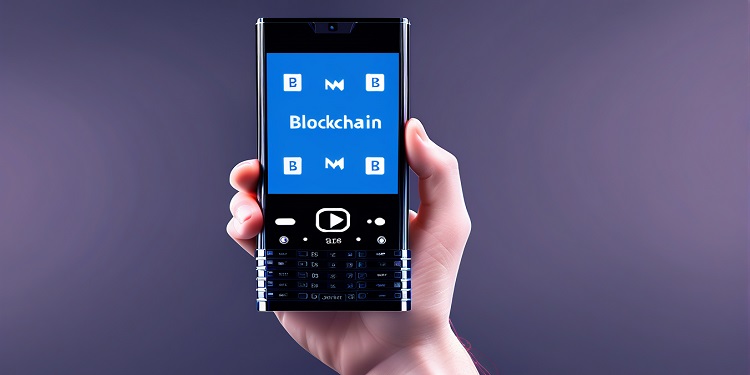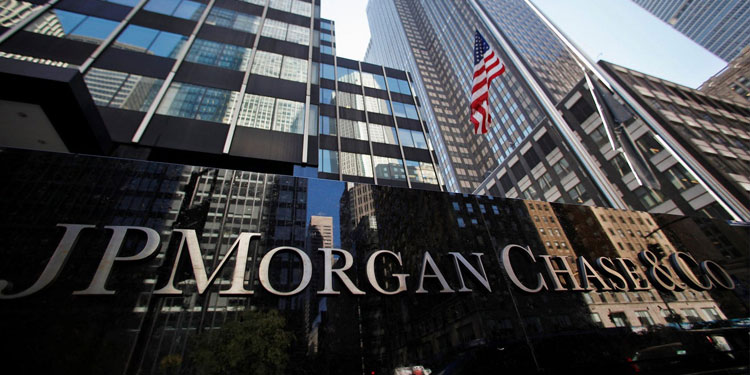The smartphone industry, long known for its fast-paced innovation, appears to be on the verge of a transformative shift, thanks to blockchain technology. Industry analysts expect the global blockchain smartphone market to expand significantly, with Market Research Future forecasting a compound annual growth rate (CAGR) of approximately 33.23%. This prediction suggests the market could surge from $8.94 billion in 2025 to a staggering $118.36 billion by 2034.
This projected growth is seen as a clear indicator of changing attitudes toward digital assets and blockchain applications. Cryptocurrencies such as Ethereum, and newer entrants like Sui, are no longer confined to speculative trading. In previous years, crypto enthusiasts closely monitored price movements, primarily to identify trading opportunities. Today, the focus has broadened as smartphone manufacturers look to harness blockchain’s scalability and operational efficiency.
Cyber Threats Highlight Need for Blockchain Integration
The widespread adoption of smartphones presents both opportunity and risk. A study from Exploding Topics revealed that over 90% of the global population now owns a mobile device. However, this penetration has also made smartphones prime targets for cyber threats. Statista reported that in 2022, about 9% of all cyberattacks were delivered via mobile platforms. Furthermore, between December 2022 and 2023, global mobile security threats spiked by 147%.
This surge in mobile-targeted attacks has heightened the urgency for robust security measures. Analysts believe that malicious tools like the AsyncRAT Android malware, which was reportedly enhanced using artificial intelligence, exemplify the increasing sophistication of cybercriminals. Consequently, developers are turning to blockchain, drawn by its decentralized architecture that reduces vulnerabilities associated with centralized systems. Features such as advanced encryption and data immutability offer promising defenses, limiting unauthorized access and manipulation of information.
Smartphones Evolve for the Crypto Generation
With nearly one billion people now using digital currencies, as noted in a 2024 Exploding Topics report, companies are being urged to align their offerings with shifting consumer preferences. Analysts argue that businesses focusing on user-centric innovation tend to outperform those that do not, which may explain the rise in blockchain-enabled smartphones.
Devices like the Solana Seeker exemplify this trend. Operating on Android, the phone incorporates native support for decentralized applications (dApps) and features such as SeedVault—a secure wallet integrated into the hardware. It also includes the Seeker Genesis token, a non-fungible token designed to unlock rewards within the Solana ecosystem, enriching the user experience.
As dApps continue to gain momentum, with DappRadar reporting a 485% rise in unique active wallets (UAW), mobile companies are feeling the pressure to deliver compatible hardware. Business Research Insights anticipates the broader dApp industry to maintain an annual growth rate of 18.5%, which could further boost blockchain-smartphone synergy.
Regional Leaders and Global Momentum
Regional adoption trends underscore the global enthusiasm for blockchain smartphones. North America led the market in 2023, contributing roughly 35% of total revenue according to Verified Market Reports. Market Research Future projects that this region’s blockchain smartphone market will grow from $3.78 billion in 2023 to $15 billion by 2032, highlighting its leadership in tech adoption.
Europe is also making strides, with expected growth from $0.791 billion to $12 billion by 2032. Meanwhile, the Asia-Pacific (APAC) region is poised for dramatic expansion. Given its vast population and rapid technological uptake, the market there is forecasted to rise from $1.186 billion in 2023 to $18 billion by 2032—potentially surpassing North America.
South America, though a smaller player, is not far behind. Forecasts indicate a leap from $0.395 billion to $3.5 billion over the next several years, pointing to broader regional involvement in blockchain-driven mobile innovation.
In conclusion, the convergence of mobile technology and blockchain is gaining serious traction. Rising cyber threats, the global embrace of cryptocurrencies, and the demand for dApp integration are all contributing to a shift in smartphone development. As developers prioritize decentralization, security, and user experience, the blockchain smartphone market appears well-positioned for long-term growth.









